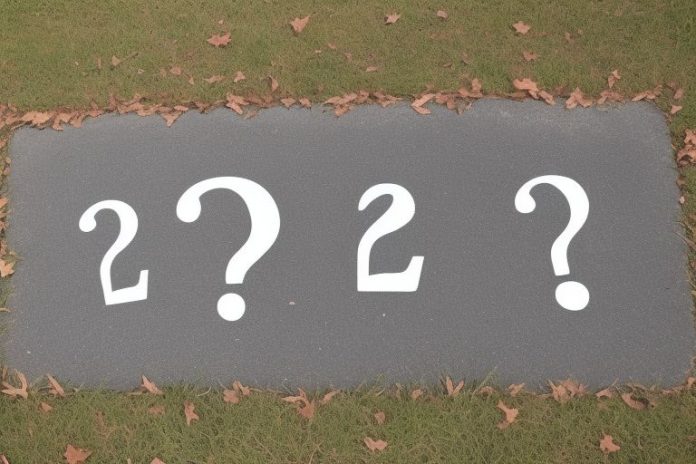The poem “An Elementary School Classroom in a Slum” by Stephen Spender paints a vivid picture of the disparities in education and the impact of poverty on children. This insightful piece not only invites readers to reflect on social injustice but also challenges educators, policymakers, and societies to make meaningful changes.
To deepen your understanding of the poem and its themes, we’ve crafted a comprehensive article, peppered with multiple-choice questions (MCQs) that will test your grasp of the text, enhance your analytical skills, and provoke thought on broader social issues.
Understanding the Poem
Before diving into the MCQs, let’s first explore the key themes and imagery used in the poem. Spender uses powerful visual descriptions to depict the stark contrast between the world inside the slum classroom and the outside world that seems far beyond the children’s reach. Themes of inequality, hope, and the transformative power of education run deep throughout the poem, painting a picture that is both bleak and hopeful.
Exploring the Setting
The setting of an elementary school classroom in a slum is central to the poem’s message. It’s not just a physical space but a symbol of the limitations placed on these children by their socioeconomic circumstances. The descriptions of the classroom and its inhabitants are poignant and serve as a stark reminder of the disparities that exist in educational opportunities.
Analyzing the Imagery
Spender’s use of imagery is masterful, evoking strong emotions and vivid pictures in the reader’s mind. From the “far far from gusty waves” to the “narrow street sealed in with a lead sky,” the imagery not only serves to contrast the children’s immediate environment with the wider world but also highlights the sense of entrapment and the immense gap between the two.
Themes of Hope and Despair
While the poem paints a bleak picture of the present, it also offers glimmers of hope. The role of education as a potential liberator and equalizer is a central theme, suggesting that with the right support and opportunities, these children could transcend their current circumstances. However, the poem also questions the adequacy of education alone in overcoming systemic inequalities.
The Power of Change
Ultimately, “An Elementary School Classroom in a Slum” is a call to action. It urges us to not only acknowledge the injustices faced by children in slums but to also take tangible steps towards creating a more equitable society. Through education and collective effort, the poem suggests, change is possible.
Multiple Choice Questions
Now, let’s test your understanding and analysis of the poem with some MCQs:
- What is the main theme of “An Elementary School Classroom in a Slum”?
- A) The beauty of nature
- B) The impact of poverty on education
- C) The joys of childhood
- D) The importance of technology in education
- How does the poet describe the children’s environment in the classroom?
- A) Bright and cheerful
- B) Dull and restricting
- C) Spacious and liberating
- D) Modern and well-equipped
- What does the imagery in the poem primarily serve to highlight?
- A) The similarities between different social classes
- B) The contrast between the slum and the outside world
- C) The effectiveness of the educational system
- D) The children’s happiness in their current conditions
- According to the poem, what could potentially change the children’s lives for the better?
- A) A new school building
- B) More homework
- C) Educational reform and societal change
- D) Better weather conditions
- What does the poem suggest is necessary for the children to overcome their circumstances?
- A) Escaping the slum
- B) Ignoring their problems
- C) Personal determination and societal support
- D) Waiting for a miracle
Conclusion
“An Elementary School Classroom in a Slum” is more than just a poem; it’s a powerful commentary on the state of education and inequality. Through its vivid imagery, poignant themes, and thought-provoking questions, it challenges us to reflect on our societal structures and the role of education in bridging divides. As we ponder these multiple-choice questions, let us also think about the steps we can take, both big and small, towards creating a more equitable and just society for all children.

